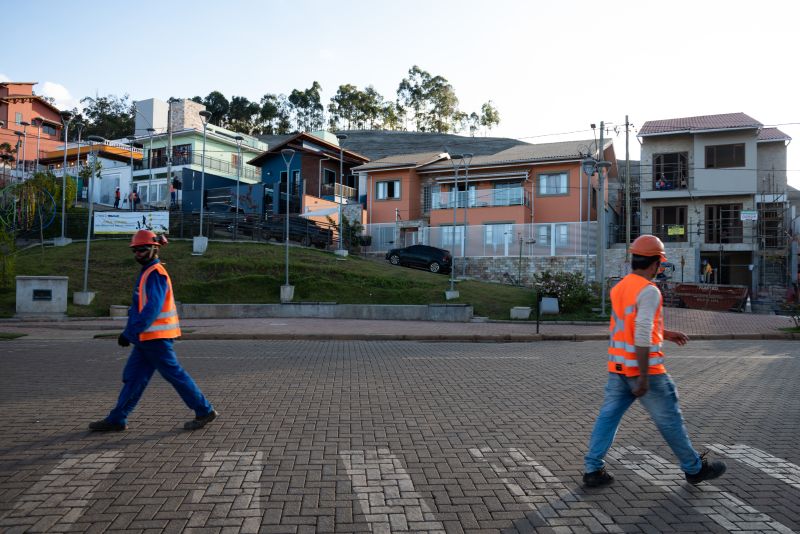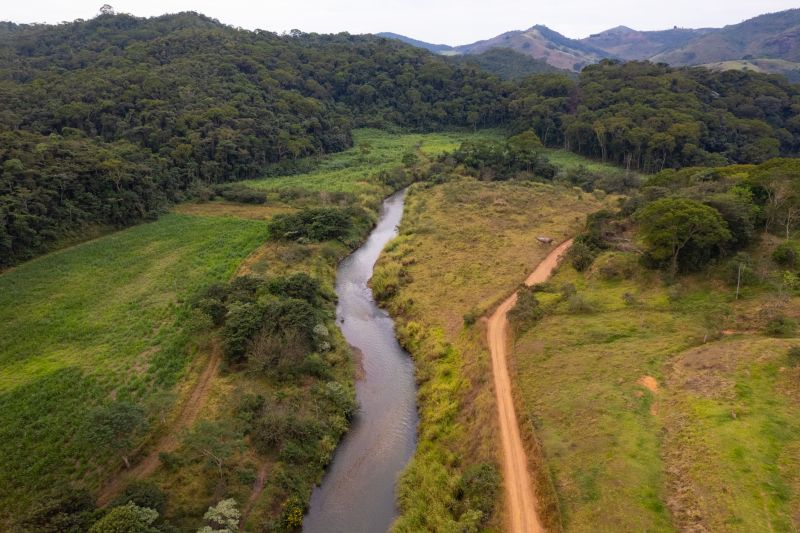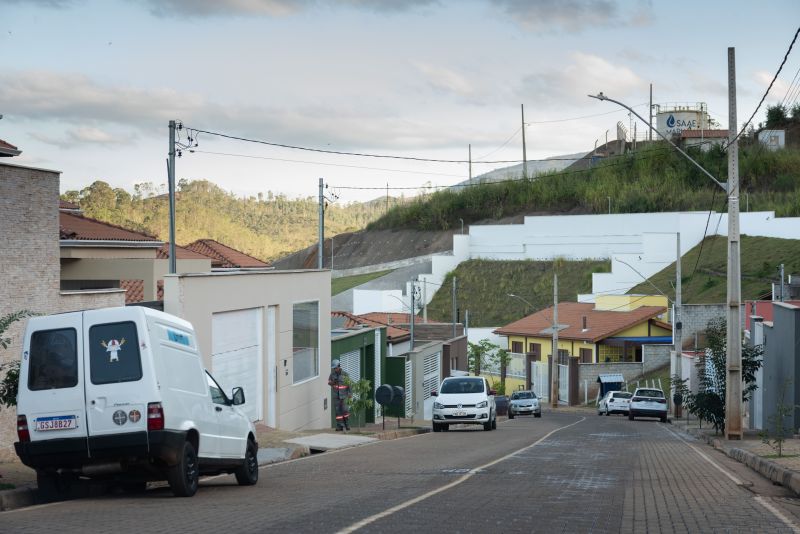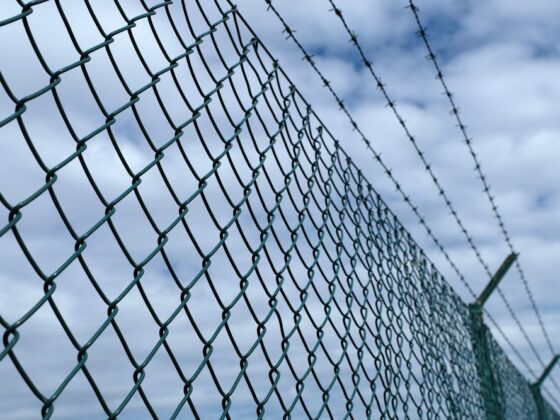The Mariana dam disaster, which unfolded in November 2015, served as a stark wake-up call for Brazil, a nation rich in natural beauty and cultural diversity, yet riddled with vulnerabilities. When the dam burst, it unleashed a torrent of toxic sludge, devastating the small town of Bento Rodrigues, claiming lives, displacing communities, and tainting waterways across the region.
This catastrophic event did more than reshape the landscape; it catalyzed a profound introspection about Brazil’s national identity. For many, the disaster crystallized the clash between economic development and environmental stewardship, raising uncomfortable questions about the values underpinning Brazilian society.
As the nation grapples with the profound implications of this tragedy, the fracture lines of identity—between progress and preservation, unity and division—have come to the forefront, prompting a cultural reevaluation that continues to unfold in the shadows of the collapsed dam. The Mariana disaster has left an indelible mark, one that challenges the very essence of what it means to be Brazilian in an era where natural and human-made disasters intertwine with the narratives of resilience and renewal.
Historical Context of National Identity in Brazil

The identity of Brazil has been molded by a rich tapestry of historical events, social movements, and environmental factors that have shaped its national consciousness. From the colonial era of exploitation and indigenous displacement to the vibrant cultural syncretism seen in its diverse populations, Brazil\’s journey towards forging a cohesive national identity has often been fraught with contradictions.
The Mariana dam disaster in 2015 served as a stark reminder of the unresolved tensions between development, environmental stewardship, and social equity. The tragedy not only highlighted the vulnerabilities within Brazil’s socio-political framework but also reignited conversations about the rights of local communities, particularly indigenous groups, whose voices have long been marginalized in discussions of progress.
As the nation grapples with its identity in the wake of such calamities, it must navigate the complexities of legacy and responsibility, questioning what it truly means to be Brazilian amidst a landscape scarred by both natural beauty and industrial ambition.
Overview of the Mariana Dam Disaster

The Mariana Dam disaster, which struck on November 5, 2015, unleashed a catastrophic torrent of toxic red sludge into the environment, forever altering the landscape and the lives of countless individuals in southeastern Brazil. A dam owned by the Samarco Mining Company—jointly controlled by the mining giants Vale and BHP Billiton—collapsed, releasing around 60 million cubic meters of mining waste into the Doce River, smothering entire communities in its wake. The immediate aftermath was chaotic; towns were evacuated, homes were destroyed, and the local ecosystem faced an unprecedented assault.
The tragedy claimed 19 lives, but its repercussions extended far beyond loss of life. The community’s trauma simmered alongside outrage over regulatory failures, corporate negligence, and a pervasive sense of betrayal, embedding the disaster deeply within Brazil’s collective consciousness and stirring national conversations about environmental responsibilities and ethical governance.
Immediate Impact on Communities

The Mariana dam disaster struck a devastating blow to local communities, radically altering their landscape and way of life in a matter of moments. In the aftermath, entire villages found their homes submerged in toxic sludge, forcing families to flee and reshaping the social fabric of the region.
Anger and despair surged as livelihoods—derived from fishing and agriculture—crumbled overnight, leaving behind a void that felt insurmountable. The psychological scars run deep, as memories of past prosperity clash with the harsh reality of displacement.
Community gatherings, once a source of strength and resilience, evolved into platforms of grief and protest, echoing the cries for justice and accountability. In this chaotic interplay of loss and resistance, the identity of these communities began to shift, challenging them to redefine what it means to belong amidst such profound tragedy.
The landscape of their identity, once defined by unity and tradition, now grapples with the urgent need for reclamation and healing.
Conclusion
In conclusion, the Mariana dam disaster serves as a stark reminder of how environmental catastrophes can profoundly impact a nations collective consciousness and identity. The devastating events that unfolded in Bento Rodrigues not only highlighted the vulnerabilities within Brazils regulatory framework but also ignited a poignant national dialogue about corporate responsibility, social equity, and ecological stewardship. As Brazil grapples with the aftermath of this tragedy, the reexamination of its values and priorities becomes imperative.
The incident has catalyzed a renewed sense of urgency surrounding environmental preservation and community resilience, ultimately reshaping the nation’s identity towards one that embraces accountability and sustainable progress for future generations. The lesson learned from Mariana is not merely a call for reform but also an opportunity for Brazil to redefine itself in the face of adversity.


